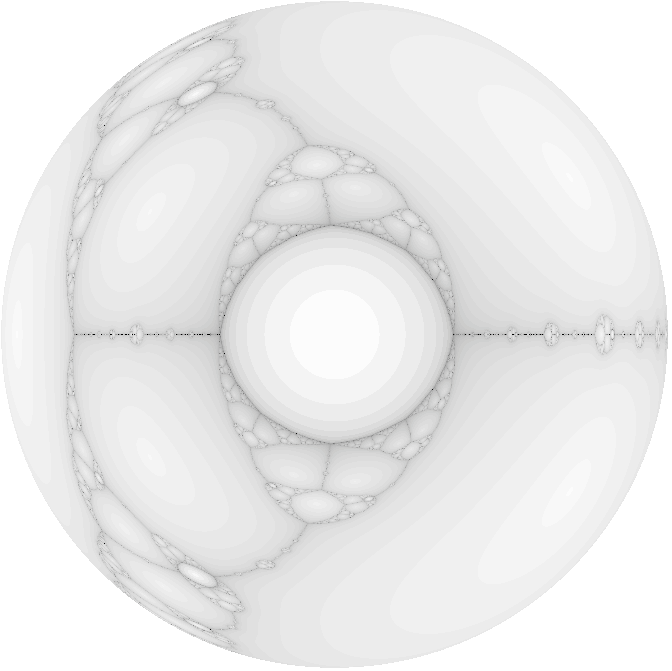Salut à tous,
Je cherche ce que vaut d x d y \mathrm dx \mathrm dy d x d y
Je sais que d x d y = ∂ ( x , y ) ∂ ( r , θ ) d r d θ = r d r d θ \mathrm dx \mathrm dy = \dfrac{\partial (x, y)}{\partial (r, \theta)} \mathrm dr \mathrm d\theta = r\ \mathrm dr \mathrm d\theta d x d y = ∂ ( r , θ ) ∂ ( x , y ) d r d θ = r d r d θ
x = r cos θ ⟹ d x = ∂ ( r cos θ ) ∂ r d r + ∂ ( r cos θ ) ∂ θ d θ = cos θ d r − r sin θ d θ x = r \cos \theta \implies \mathrm dx = \dfrac{\partial (r \cos \theta)}{\partial r} \mathrm dr\ +\ \dfrac{\partial (r \cos \theta)}{\partial \theta} \mathrm d\theta = \cos \theta \mathrm dr -r \sin \theta \mathrm d\theta x = r cos θ ⟹ d x = ∂ r ∂ ( r cos θ ) d r + ∂ θ ∂ ( r cos θ ) d θ = cos θ d r − r sin θ d θ
y = r sin θ ⟹ d y = ∂ ( r sin θ ) ∂ r d r + ∂ ( r sin θ ) ∂ θ d θ = sin θ d r + r cos θ d θ y = r \sin \theta \implies \mathrm dy = \dfrac{\partial (r \sin \theta)}{\partial r} \mathrm dr\ +\ \dfrac{\partial (r \sin \theta)}{\partial \theta} \mathrm d\theta = \sin \theta \mathrm dr + r \cos \theta \mathrm d\theta y = r sin θ ⟹ d y = ∂ r ∂ ( r sin θ ) d r + ∂ θ ∂ ( r sin θ ) d θ = sin θ d r + r cos θ d θ
Le souci, c’est qu’en cherchant à calculer le produit d x d y \mathrm dx \mathrm dy d x d y
d x d y = r ( cos 2 θ − sin 2 θ ) d θ d r \mathrm dx \mathrm dy = r (\cos^2 \theta - \sin^2 \theta) \mathrm d\theta \mathrm dr d x d y = r ( cos 2 θ − sin 2 θ ) d θ d r
Où se trouve mon erreur ?

